What is Decentralized Physical Infrastructure Networks (DePIN)?
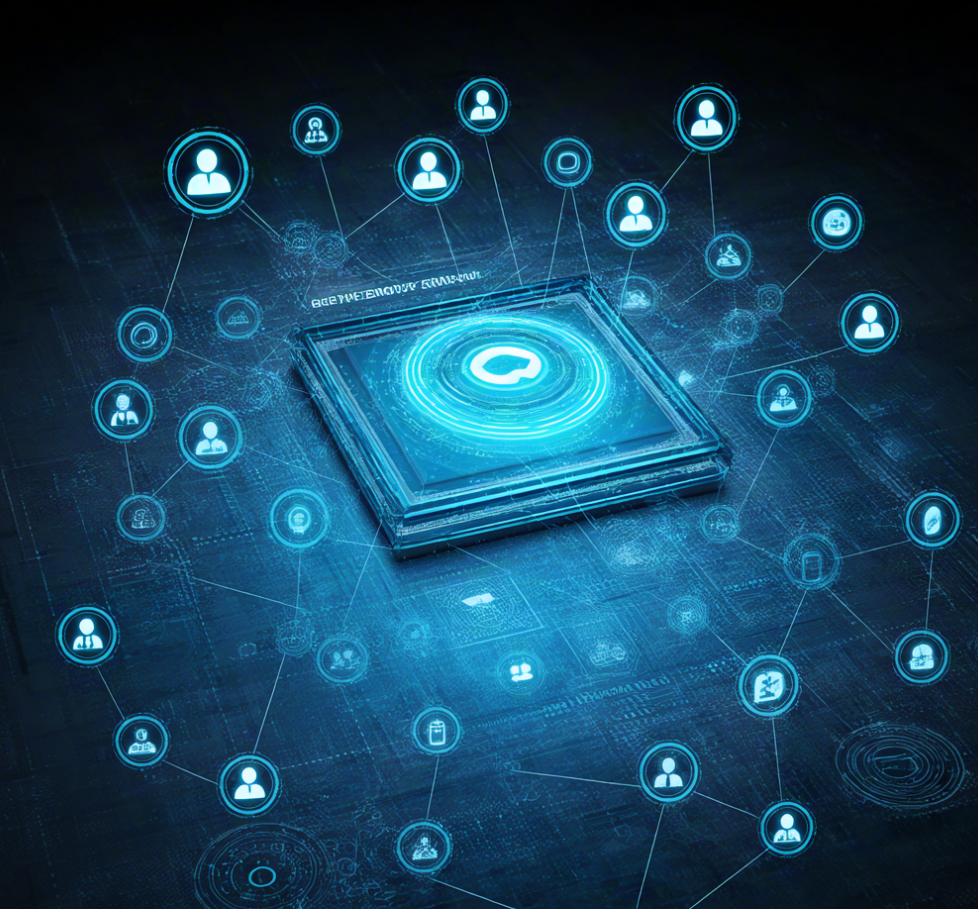
Decentralized Physical Infrastructure Networks (DePIN) utilize blockchain technology and smart contracts to create a decentralized physical infrastructure platform. The core idea of this concept is to manage and operate physical facilities in a decentralized way, reducing risks from a single controlling party, while automating processes through smart contracts to lower operational costs.
The essence of DePIN is to allow participants to co-own and manage these infrastructures, thus decentralizing the risks inherent in traditional centralized models, and offering more opportunities to all parties. It can encompass the management of various physical infrastructures, from data centers, energy networks to robotics.
DePIN and the Integration with Autonomous Driving and Robotics
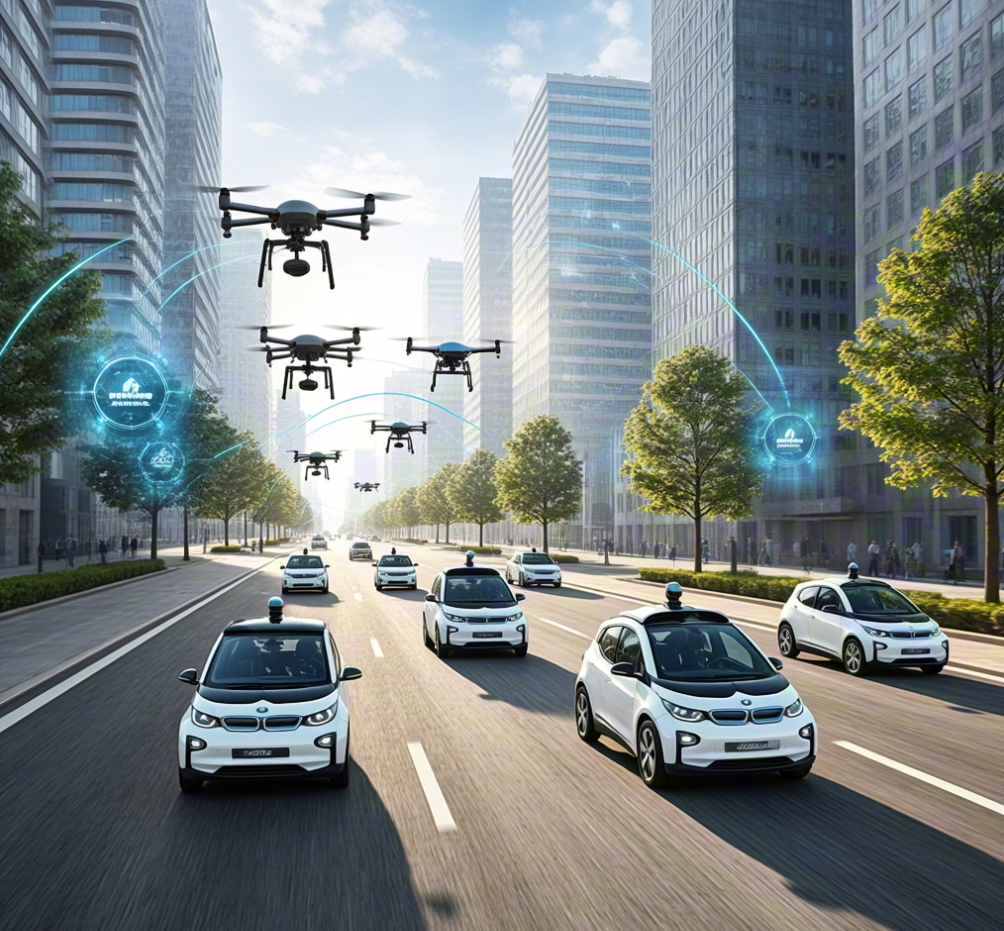
With the rapid development of autonomous driving and robotics technologies, DePIN's potential has been further unlocked. Autonomous vehicles, drones, and intelligent robots increasingly rely on precise physical infrastructure to support their operations. DePIN can offer a decentralized management approach, ensuring efficient and safe operations of these infrastructures.
In the autonomous driving sector, vehicles rely on sensors, data centers, and computational infrastructure to perform their daily tasks. Through DePIN, these infrastructures can be co-owned by multiple participants, ensuring stability and sustainable development. This model reduces risks from relying on a single company or government agency, while also enhancing the flexibility and innovation of the entire industry.
How DePIN Reduces Costs and Distributes Risks
One of DePIN's greatest advantages is its ability to reduce costs and distribute risks. In traditional physical infrastructure, operations are often controlled by large companies or a single government agency, leading to concentrated funding and resources. However, DePIN's decentralized structure allows multiple small businesses or individuals to participate in infrastructure management, lowering operational costs and initial investments.
Moreover, DePIN effectively distributes operational risks. Since infrastructure is co-owned by multiple participants, even if one party fails or cannot continue operations, others can maintain the normal functioning of the system. This provides higher stability and security for physical infrastructure.
The Role of Startups in DePIN
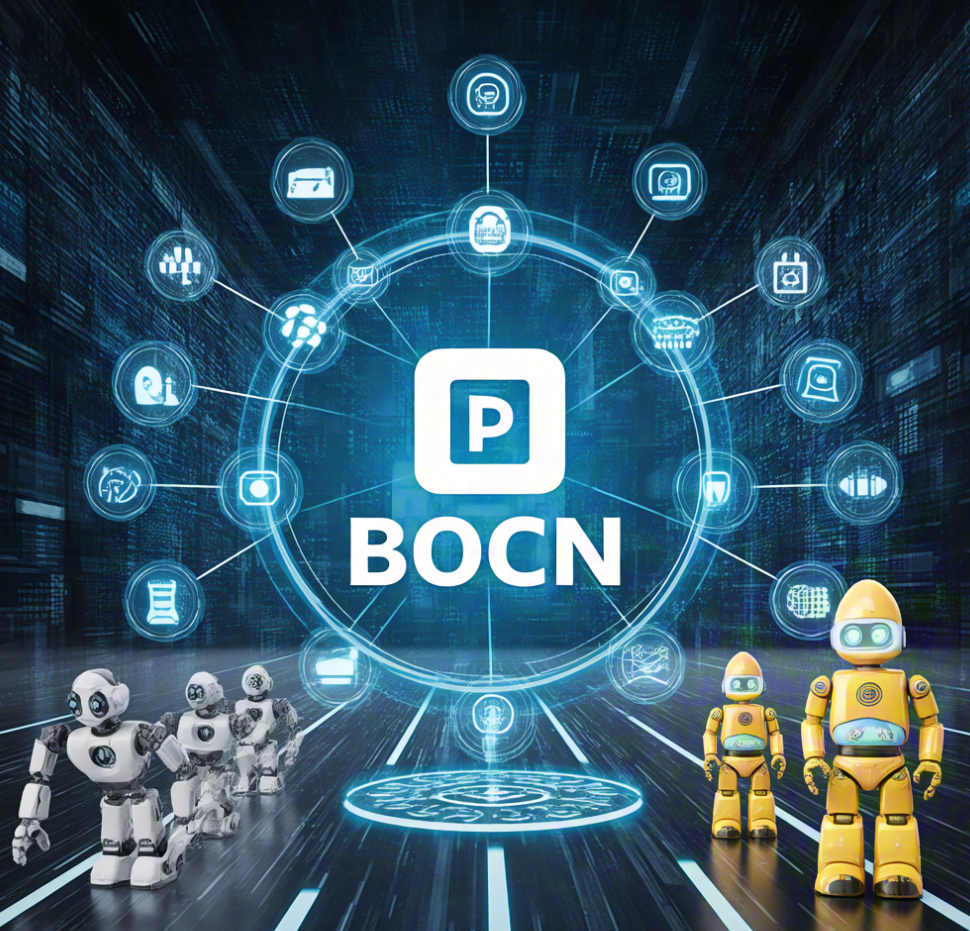
More and more startups are adopting the DePIN model to drive the decentralization of physical infrastructure. These startups collect critical robotic operation data to provide real-time feedback to infrastructure, helping optimize operational management. These companies not only drive the development of DePIN but also enhance data transparency and security through blockchain technology.
For instance, some companies collect robotic operation data through decentralized sensor networks and store and share this data via blockchain technology. In this way, different participants can monitor and optimize the equipment based on real-time data, ensuring long-term efficient operation of robots. This decentralized data management model reduces the risk of data leaks and improves the intelligence of robotic technology.
Future Outlook
As decentralized physical infrastructure networks continue to develop, we can expect DePIN to play a larger role in various industries. In the future, with the ongoing progress of autonomous driving, robotics, and artificial intelligence, DePIN will become an important infrastructure platform supporting these technologies.
Through DePIN, we will see more decentralized physical infrastructure networks emerging, driving technological innovation and economic growth globally. Whether in energy, transportation, or robotics, DePIN will provide more efficient, secure, and low-cost solutions for various industries.












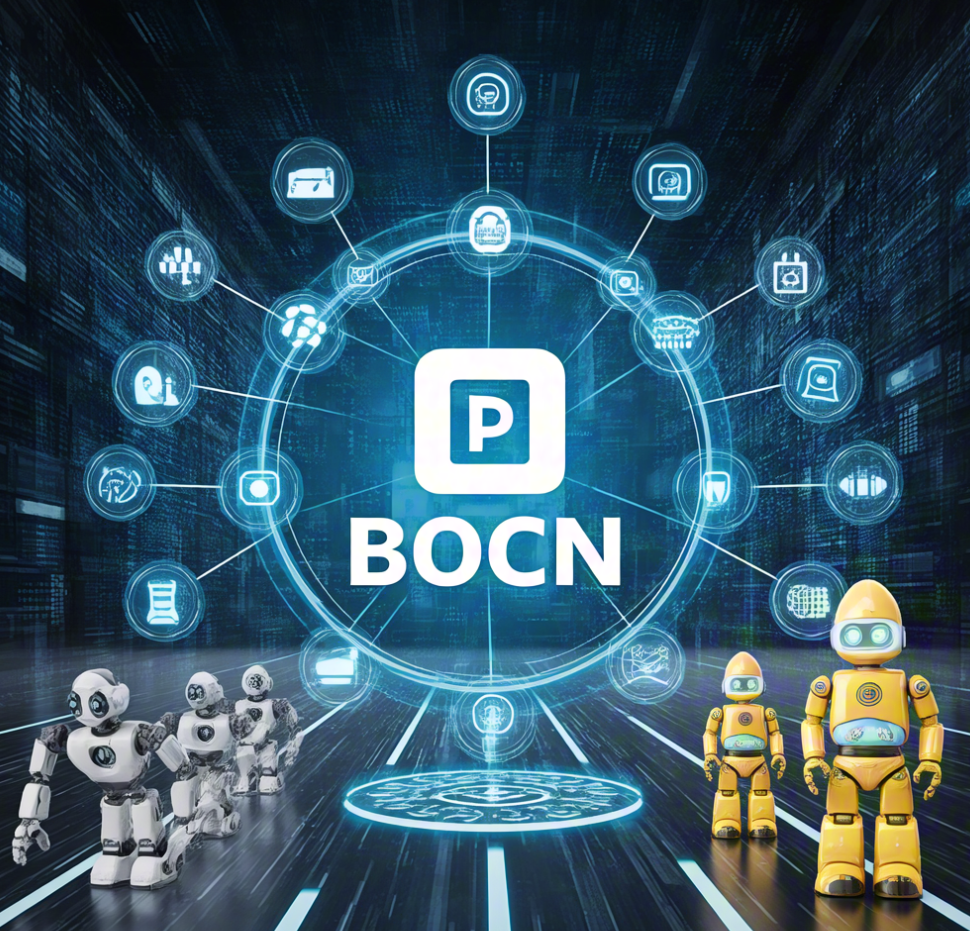


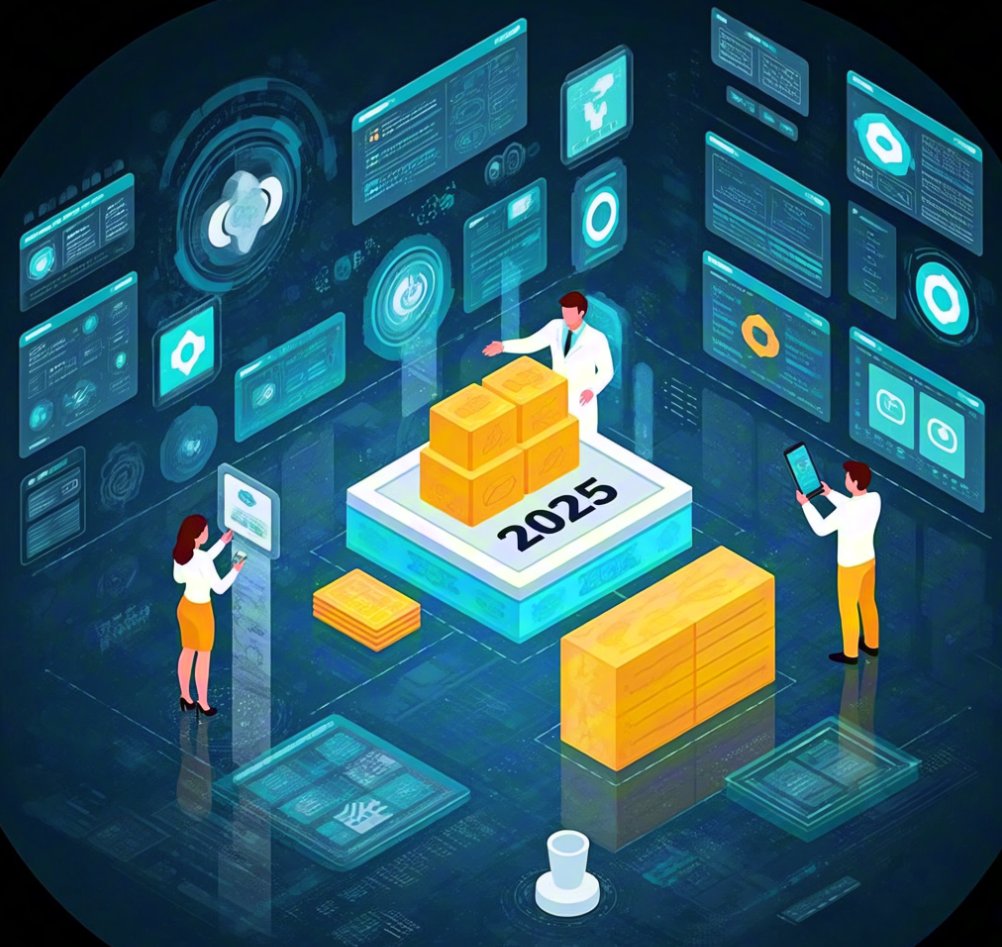
No comments yet